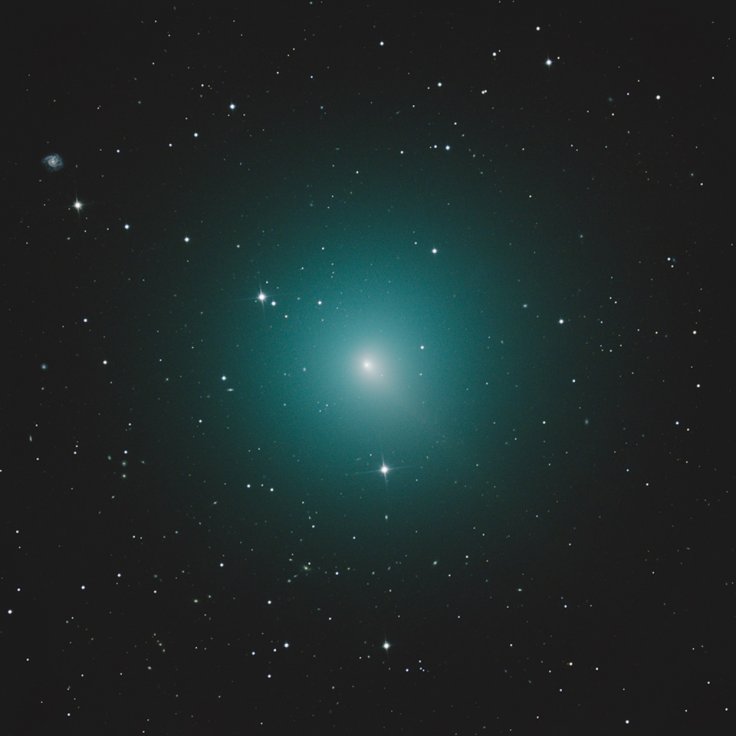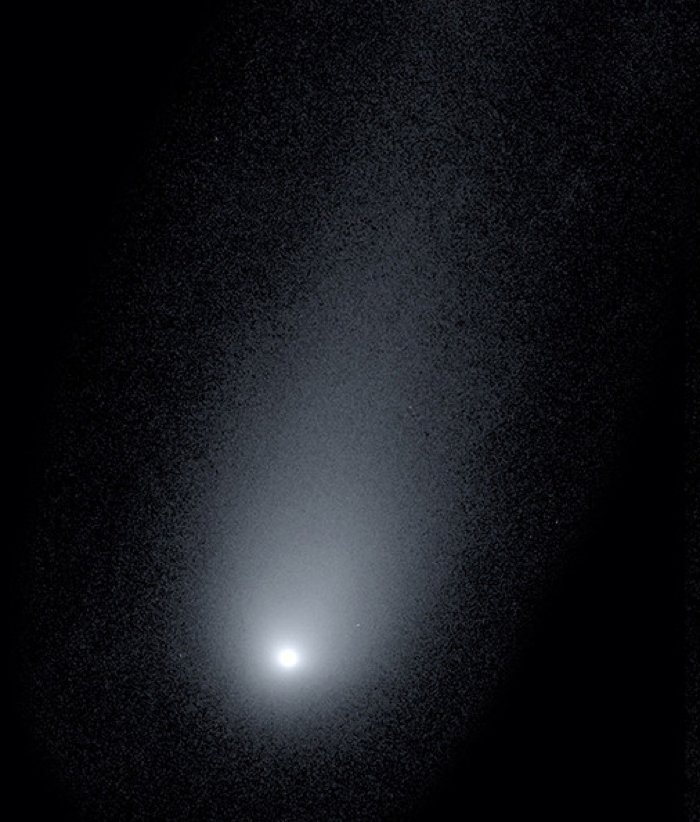Astronomers were able to study and observe a violent explosion on the surface of a passing comet. They were able to do so using NASA's Transiting Exoplanet Survey Satellite (TESS). The comet spotted by NASA's satellite has been identified as 46P/Wirtanen. It is a short-period comet that is known to orbit near Jupiter.

Observing Comet 46P/Wirtanen
The astronomers were able to study the comet as it approached its closest distance to Earth, which occurred on Dec. 16, 2018. Before its near-Earth approach, the comet produced a massive outburst that emitted about 1 million kilograms of material such as gas, ice and dust. The study carried out by the researchers on 46P/Wirtanen was published in the Astrophysical Journal Letters.
Although TESS's objective was to hunt down exoplanets, it was able to observe 46P/Wirtanen's outburst as it passed in front of it. "As comets orbit the Sun, they can pass through TESS' field of view," astronomer Tony Farnham from the University of Maryland said. "Wirtanen was a high priority for us because of its close approach in late 2018, so we decided to use its appearance in the TESS images as a test case... We did so and were very surprised!"
Explosive Outbursts Of 46P/Wirtanen
It is widely believed that the heat from the Sun largely contributes to the outbursts of comets. Theoretically, the heat from sunlight rapidly vaporizes the ice particles on the surface of the comet. This can then lead to an explosive reaction that can expel material from the comet.
In the astronomers' observations of 46P/Wirtanen, the outburst started with a flash that lasted for around an hour. The flash then became brighter for about eight hours as the dust cloud that erupted from the comet reflected the sunlight. The entire event lasted for over two weeks.

Witnessing A Rare Cosmic Event
Although comet outbursts occur naturally, the recent event marked the first time that astronomers were able to complete the phenomenon completely. The astronomers also considered it a rare moment especially since it's almost impossible to anticipate when a comet outburst will occur.
"With 20 days' worth of very frequent images, we were able to assess changes in brightness very easily. That's what TESS was designed for, to perform its primary job as an exoplanet surveyor," Farnham said. "We can't predict when comet outbursts will happen."









